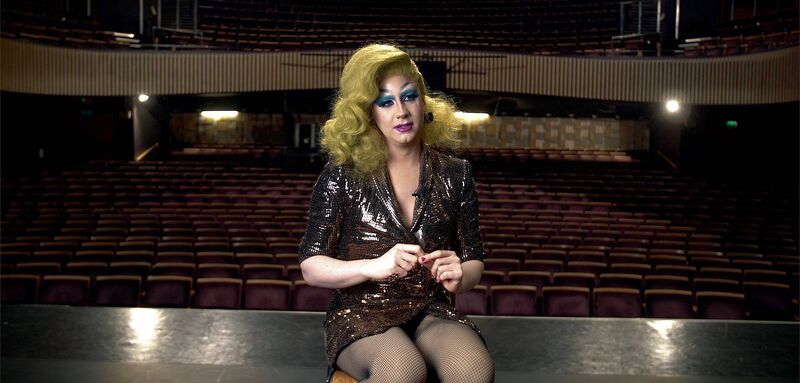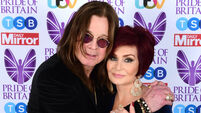Going behind the curtain of Cork's drag scene — from Danny La Rue to Mockie Ah
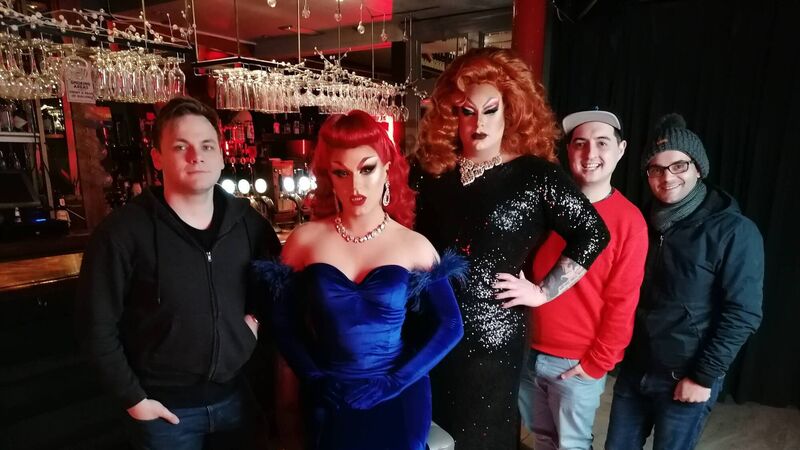
From left: Robin Guiton, director of 'Dragging Up the Past'; Mia Gold; Letycha Le’Synn; Konrad Im, project manager; and Vitor Oliveira, aka Vicky Gold.
Like many other elements of counter-culture that make their way to the mainstream consciousness, it can sometimes be easy to take the current prominence of drag for granted.
While the ongoing success of has taken the artform to living rooms the world over in the last decade, it’s far from its first brush with wider audiences: from the singular success of Cork-born Danny La Rue (at a time when UK television options were limited to a few channels) to performers such as Panti Bliss and Shirley Temple Bar, who have helped bring the genre and its story within LGBT culture to national attention.
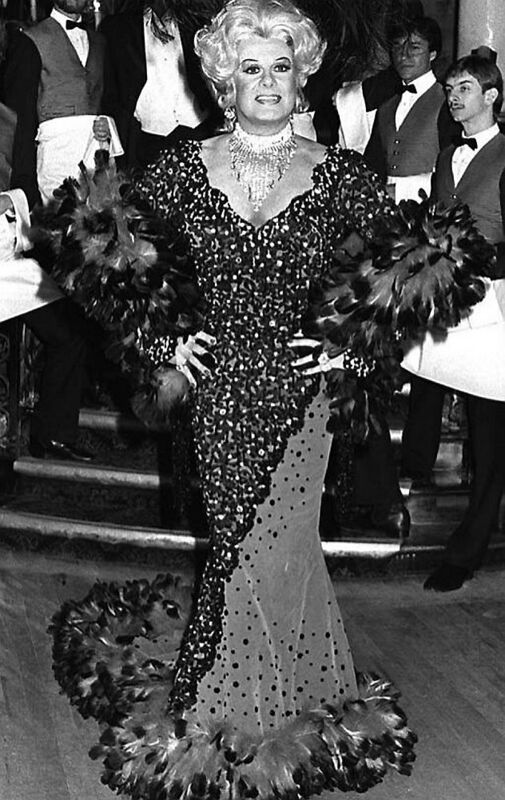
La Rue’s legacy in particular provides the foundation for — a new documentary brought together by Munster Technological University (MTU) Cork’s LGBT Society, MTU's Arts Office and Chambers' bar, with the help of Cork LGBT Archive, the Gay Project and filmmaker Robin Guiton — which places the various historical and social strands of the artform in Cork City along a distinct timeline.
Packed with archival footage and material dating back to the earliest days of drag in Cork City’s LGBT community spaces, it follows an exhibition of the same name, curated by project manager Konrad Im for Culture Night in September of 2018.
“Initially, I was on placement with the Gay Project and we came up with the idea, going off the LGBT Archive that Orla Egan runs, documenting the history.
“From that, we created the exhibition from materials from the drag queens themselves, and from there we realised it was important to record the queens giving their stories in their own words.
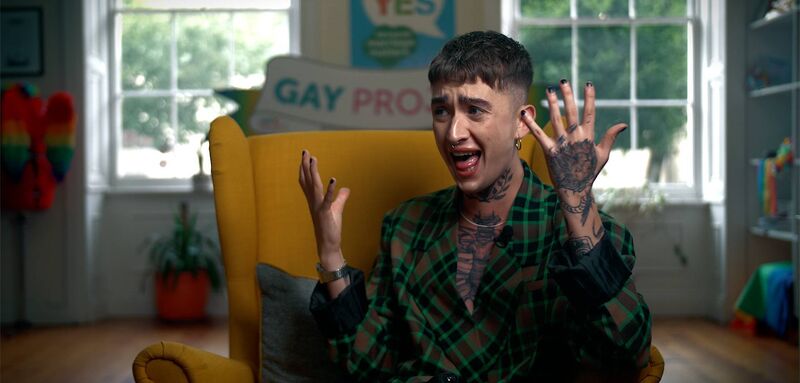
“LGBT history has been erased in the past. You look at the 1916 Rising and there was LGBT people and women erased from that, so we’re trying to record the history, to make sure it’s there permanently, for people to learn from,” Im explains.
For the performers interviewed, the documentary’s creation allowed for perspective, looking back at their own experiences with the artform in Cork, from its time as a staple in the city’s community spaces, to the Funk ‘n’ Something collective and the Alternative Miss Cork pageants, to current platforms for the genre, like events run by the Haus of Mockie Ah.
But it also provides a look at its role in recent LGBT history as a lived experience and charts part of a path to wider acceptance in the modernising Ireland of the 1990s.
“It was kind of simultaneous. Homosexuality being decriminalised in Ireland [in 1992]; I would have been a young teen at the time, knowing I absolutely was gay and knowing this momentous event affected me,” says Cork performer Fabula DiBeaumarchais.
“But then later, in the media, Julian Clary and Lily Savage being huge, films like and . Not just gay characters — drag characters. I absolutely wanted to try my hand at it,” DiBeaumarchais says.
“I started in drag way back when. My first audition was for a cabaret club in London, Madame Jojo’s, and I made my way up from the girl serving the drinks,” says fellow Cork drag-scene staple Kitty Cartier.
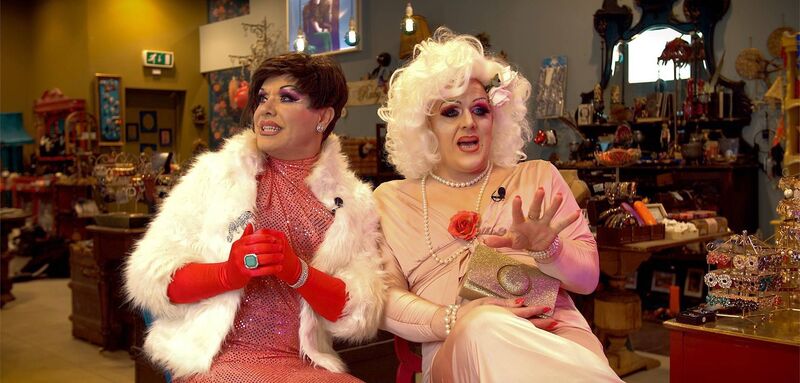
“I came here in 2005, but it wasn’t until 2007, when Eddie Kay was running one of his Alternative Miss Corks, that my friends cajoled me into entering. That’s when I put on a heel again. It was a great way of rediscovering my drag ethic.”
Mapping out a subculture’s history can sometimes be a long and arduous process, especially when early documentation can be thin on the ground for various reasons.
Filmmaker Robin Guiton was lucky; the exhibition that preceded his involvement did much of the heavy lifting. However, his own closeness to the city’s drag community provided him with ample scope for storytelling.
“The biggest hurdle I faced was [that] anything prior to the last couple of years was hard to get stuff for. We’re fortunate in that there’s oodles of stuff about Danny La Rue, but it’s all subject to copyright.
“But the other side of that was one of the later Alternative Miss Corks had a video made. It might not be the sharpest footage, but it’s an understandable piece of context for that period.
“I’ve also shot promos for most of the LGBT nights in Cork for the last two years, and I did a lot of work with the queens at Mockie Ah, so I have hours and hours of footage of the queens getting ready backstage and the events themselves, so there wasn’t a lot of chasing up for that footage.”
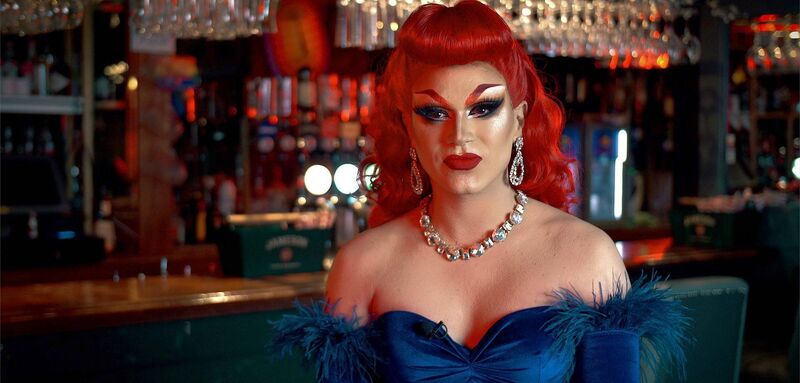
Access to backstage footage, in particular, allows viewers into a part of local drag culture that very few people ever get to see — the hard work that goes into bringing the wild and extravagant queens of the scene to life; oftentimes the latest stage of an ongoing and deeply personal artistic process.
“The first time I auditioned and was made up by a make-up artist… if I were to look back on my creation then, she wasn’t pretty, but she was enthusiastic,” laughs Cartier.
“For me, it was the transformation — going from the everyday, to a whole different face and shape — a whole different persona would come out. It’s a release, a conduit for this gorgeous, glamorous person that we all might hope to be.”
“I’m naturally very artistic anyway. It runs in my family and I’m a hairdresser by trade,” says Mockie Ah member Letycha Le'Synn. “From my interactions with the beauty industry professionally, when I realised I could do this by myself, on myself, I decided that this is what I want to do.
“With my aesthetic, I’ve always had a longing for old Hollywood movies, so that’s what I drew from initially. That persona has changed over time, with trends online and with, say, changing what’s expected and bringing it to the mainstream, but the overall drive for me has always been old Hollywood.”
Pre-pandemic, the artform has, as mentioned, been growing exponentially in recent years in the city. A new generation has taken to the catwalk, inspired by the visibility and reality-driven nature of .
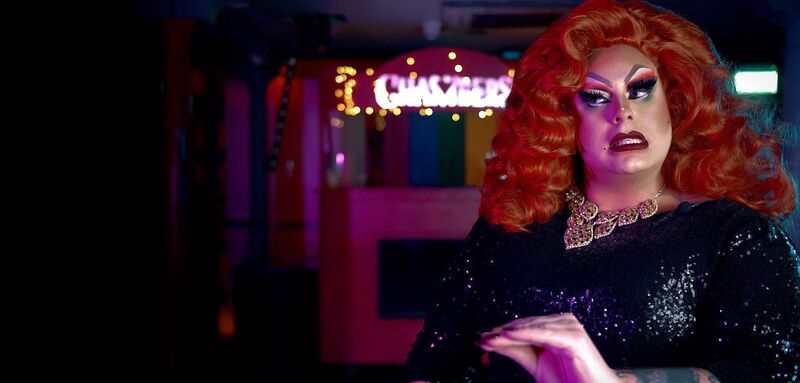
In the process, they've forged a new and distinctly Corkonian identity, founded on a sense of community and collective expression amid wider changes in language and conversation around gender itself.
“What I like about it is that it’s far more diverse than it’s ever been before,” Le'Synn enthuses. “It’s shown that there’s so many sides to drag. You have a bit of everything. You have people like me and Mia Gold, giving it glamour, and we strive to present ourselves as really feminine.
“But then we work with performers like Nettles and Liam Bee, who are more gender-fluid performers, more androgynous — they can be more masculine one night and hyper-feminine another night. That’s been the most joyous part, that diversity has come to the forefront.”
“As a consumer, I adore . There’s whole episodes of that show I could lip-sync for you,” says DiBeaumarchais.
“As a member of the drag community, the conversation it makes inroads on, in terms of gender identity and the place of drag in that conversation, is generally a good thing. It’s very important in that regard. The conversation should never become about what ‘correct drag’ ought to be.”
In many ways, turns a mirror on to the celebratory nature of the community in the city, bringing together disparate movements and scenes throughout the years to give the genre a historical context, anchoring it to the foundations of both LGBT culture and the arts in Cork.
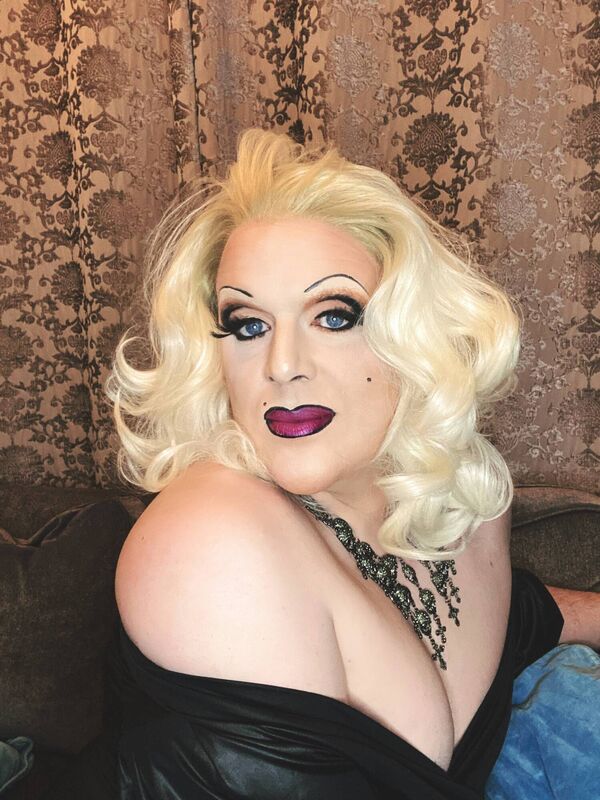
It also places Im’s exhaustive research and archival work into a visual format that will engage viewers.
“We were in for a 30-minute documentary, which is now looking like an hour because there was so much important information that we didn’t want to cut”, he laughs.
“It’s definitely taken off on its own since we announced it,” adds Guiton. “Seeing people beyond Cork sharing it on socials, GCN and local media... there’s such a market for this. It’s been quite an arduous process, but I’m more excited now, seeing an hour of it, a rendered video. It’s fascinating to see what kind of interest it gets outside of the LGBT community too, especially across other subcultures in the city.”
That’s not to say there aren’t challenges ahead. The clouds that hang over live entertainment spaces in the city post-pandemic threaten the drag scene as much as any other artistic circle, and there’s still plenty of work to be done in terms of changing some entrenched perceptions.
“People love it, but they don’t understand what goes into it,” reckons Le'Synn. “I’ve done corporate events, hosted and MC’d, and they don’t always understand what they’re paying you for, which is a challenge.
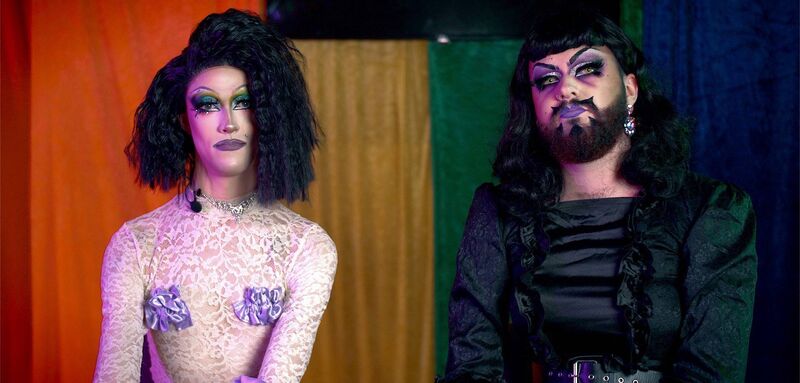
“There’s what we do when we’re there, but there’s also the work that goes into it. They want you there, but they don’t want to give the artform what it deserves, almost still very much in that cabaret aspect.”
“My own perspective is, as we move toward not ‘needing’ queer-only spaces, there’s fewer opportunities for the scene in Cork to have without changing,” DiBeaumarchais opines.
“The future is digital and theatrical, when there are fewer and fewer gay bars in which to perform. Ten years ago, the idea of working in a straight bar was a novelty. In ten years, that distinction won’t exist anymore.”
“Things will be different, things will be challenging,” says Cartier, “but different and challenging are only food for invention, for any queen to make herself the best she possibly can be.”
